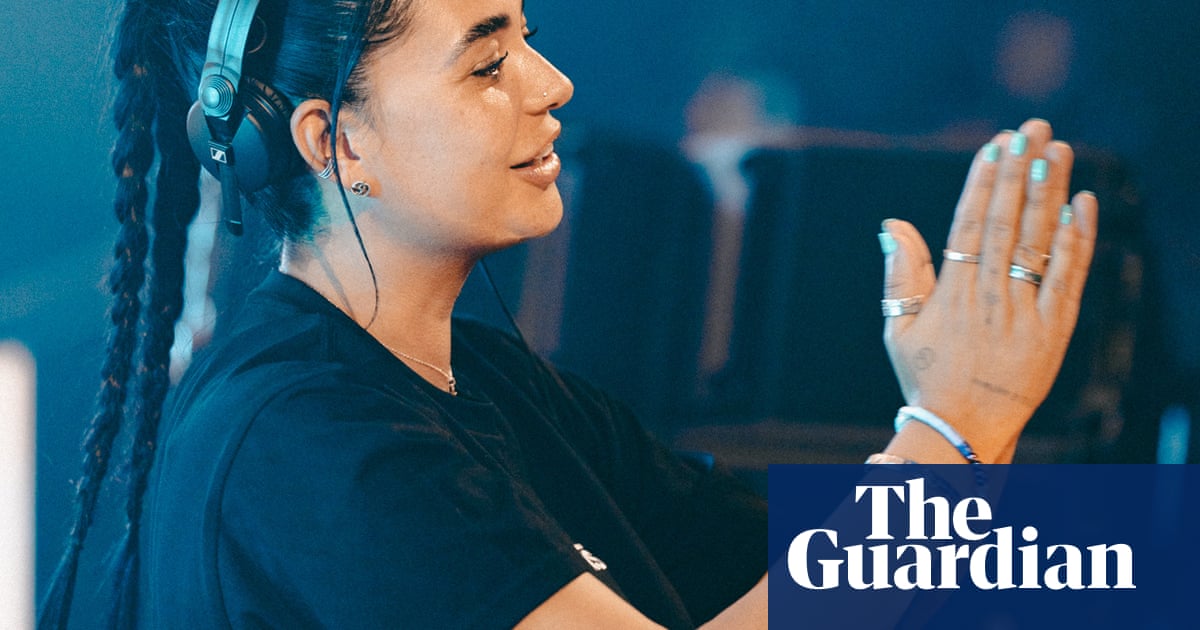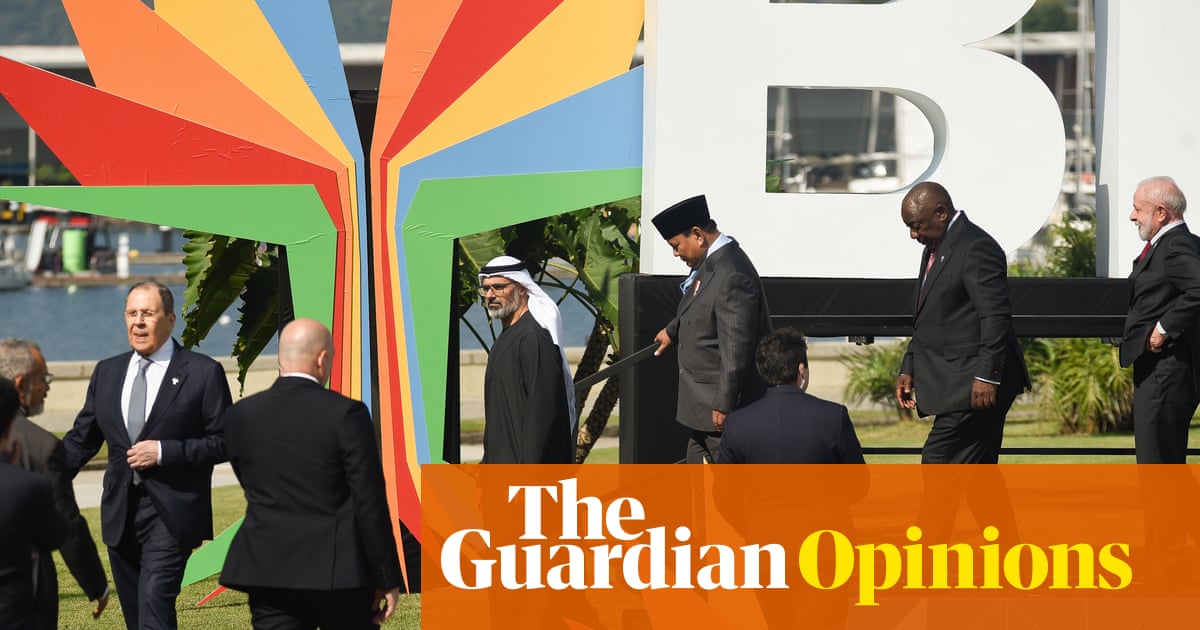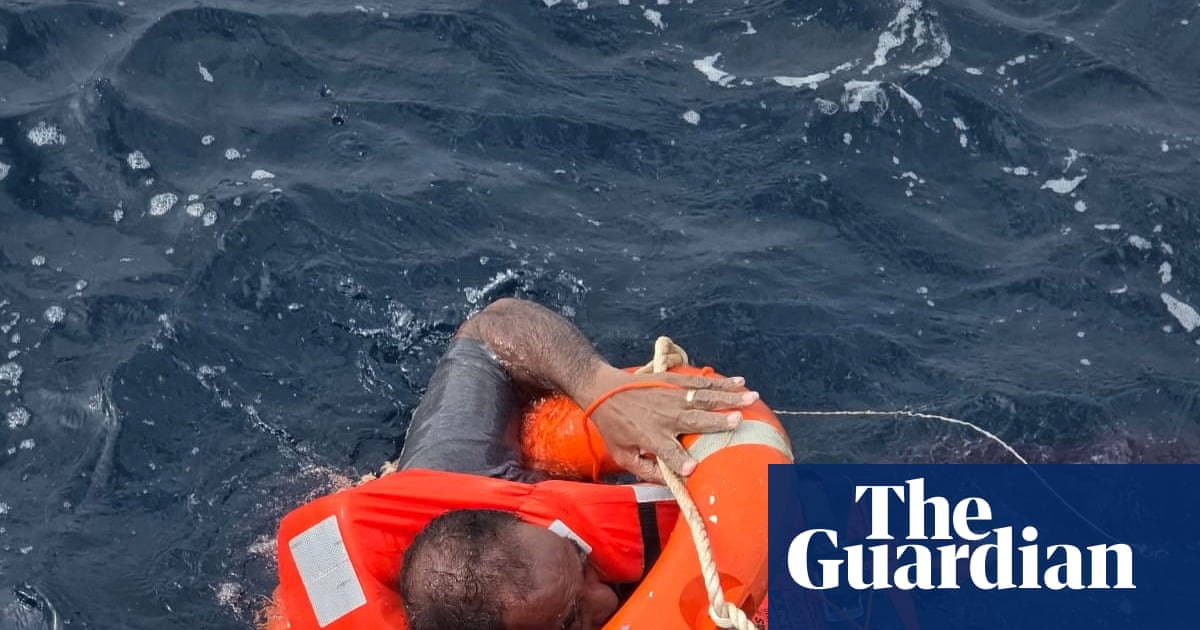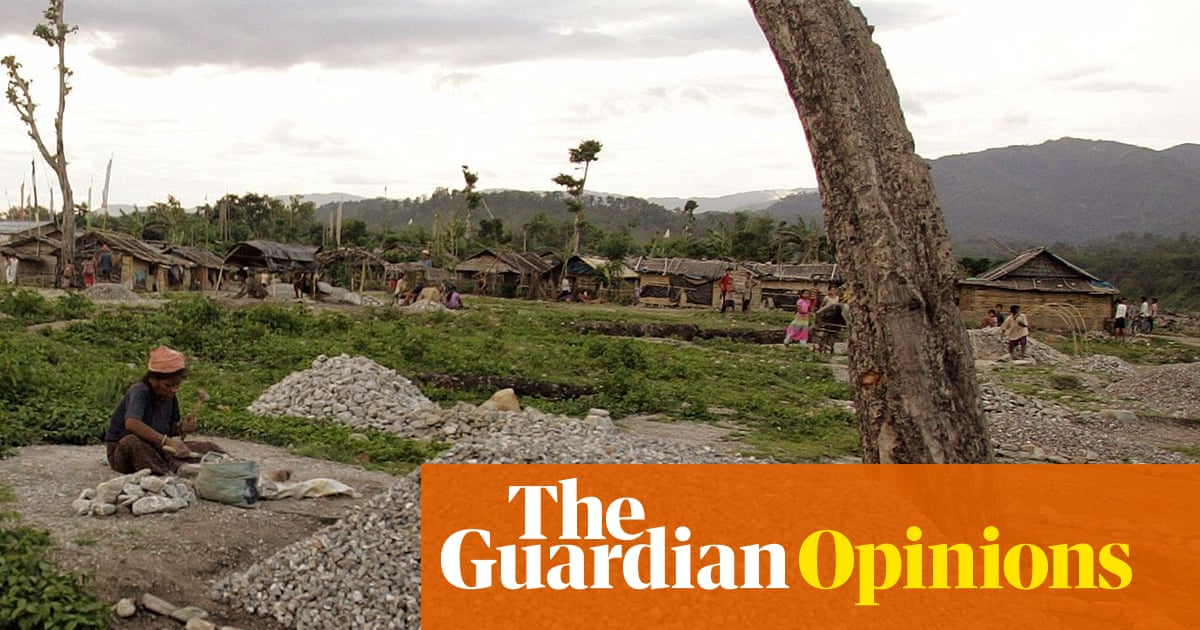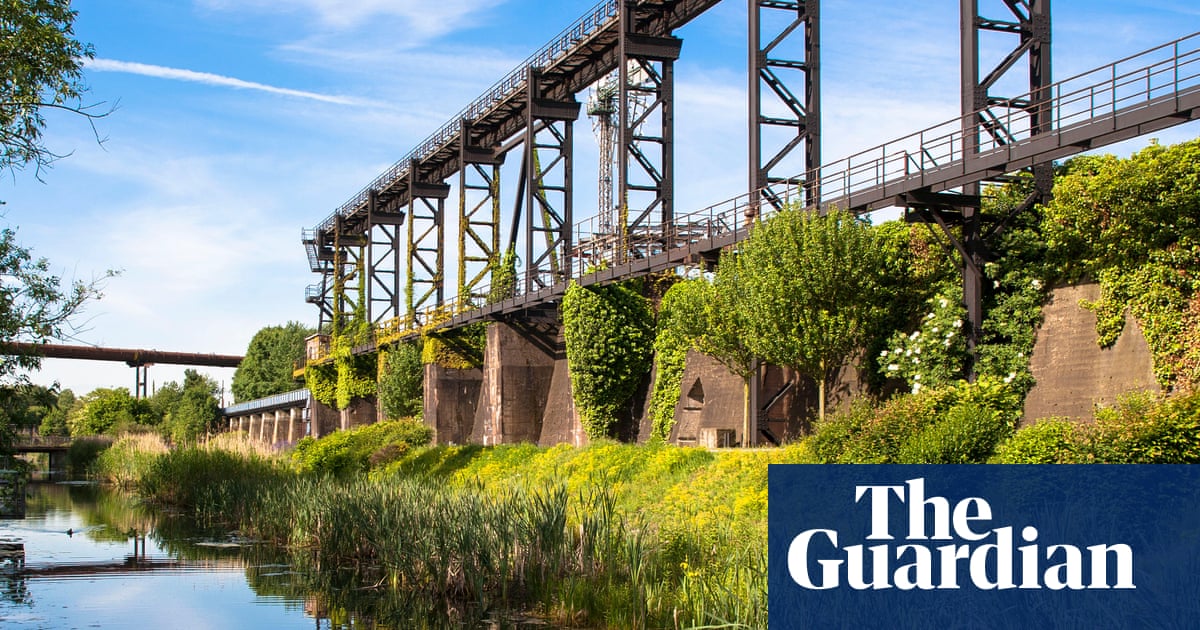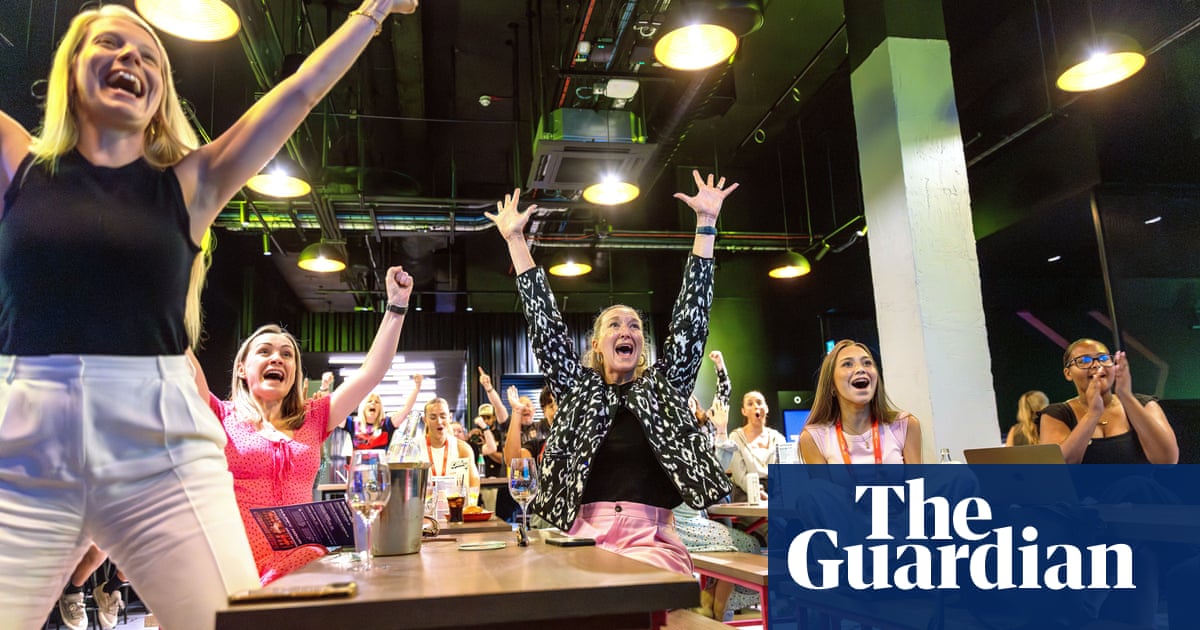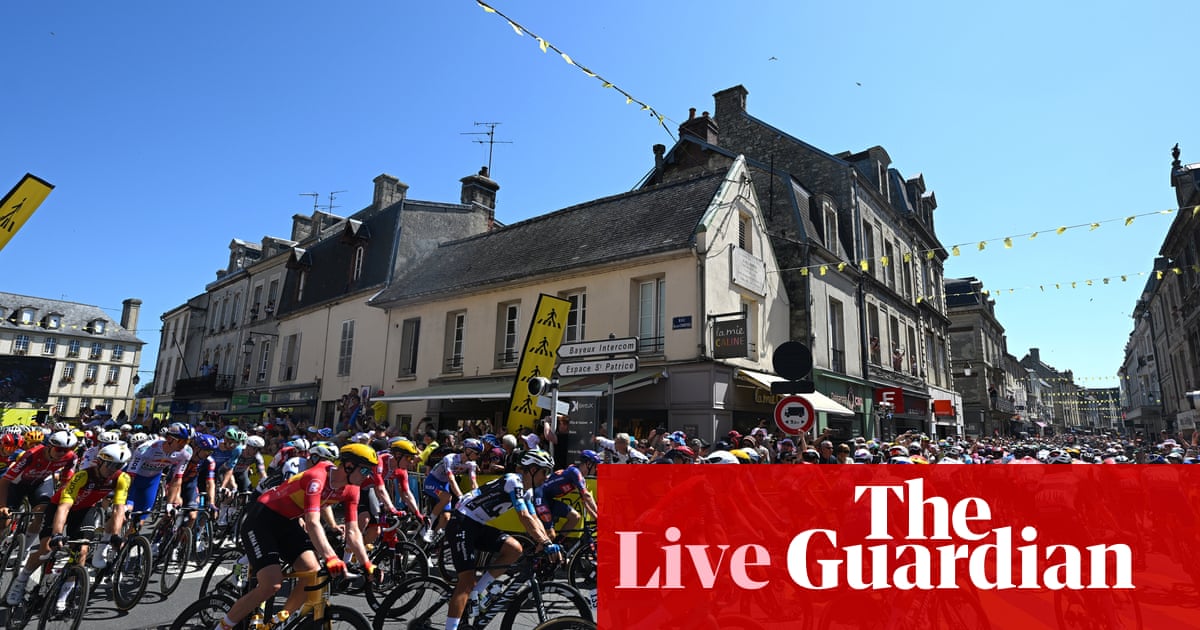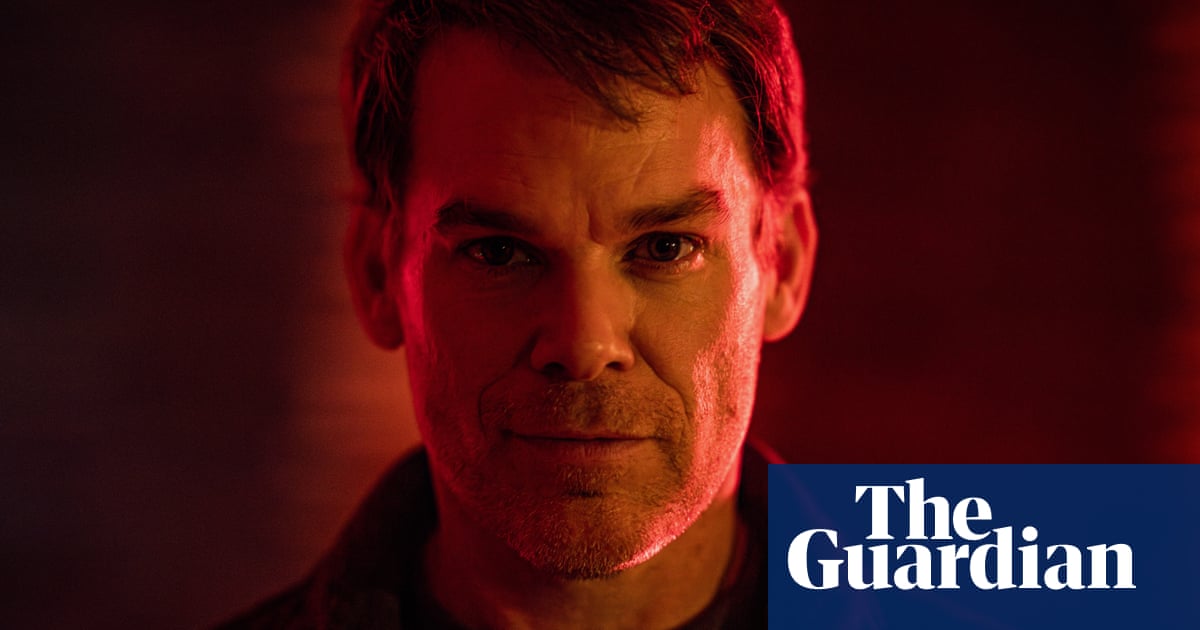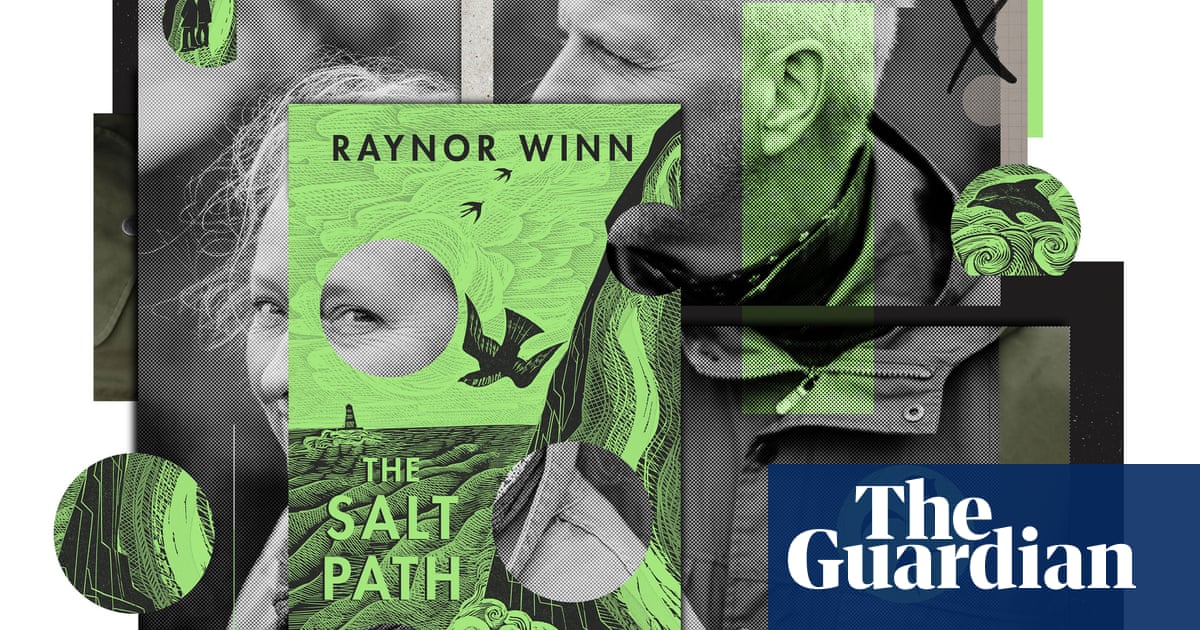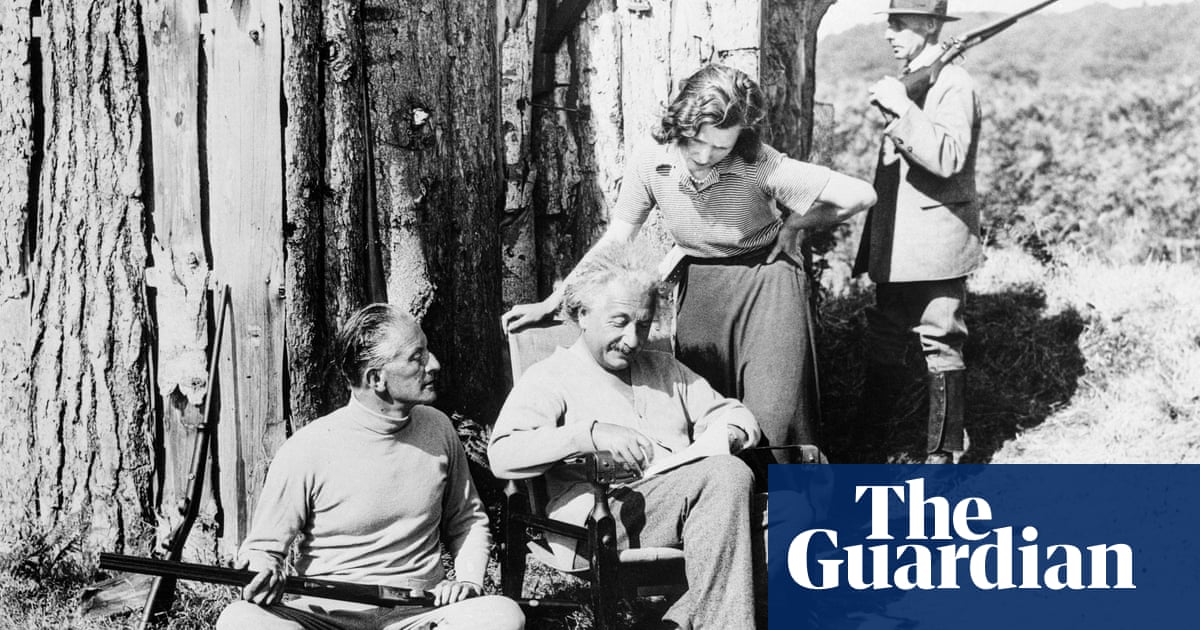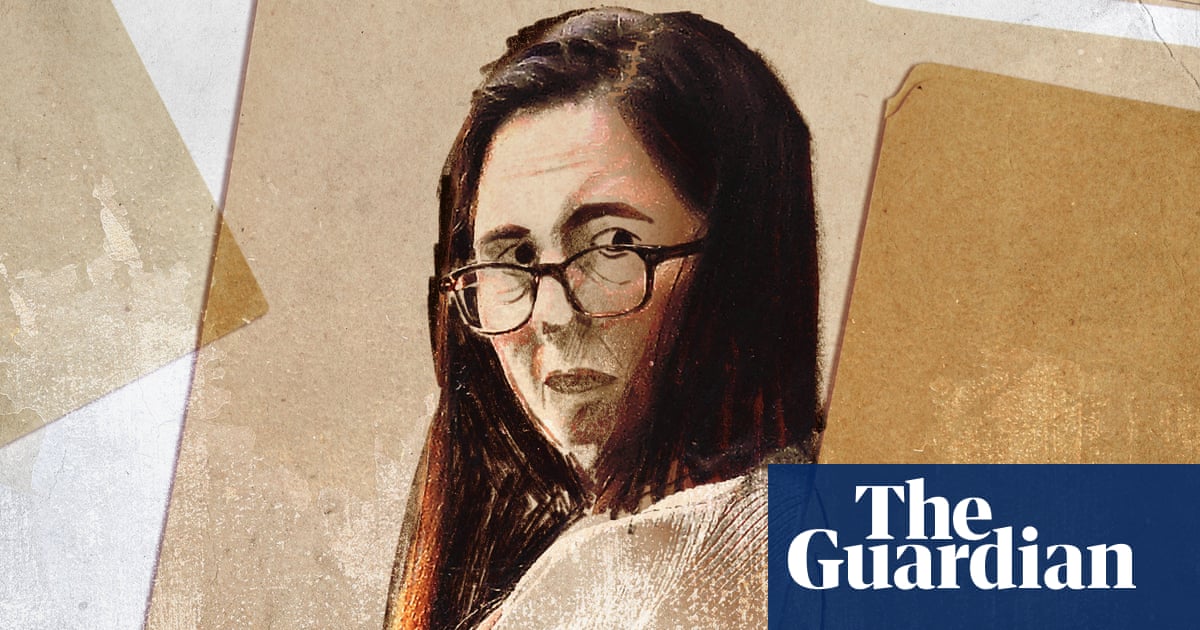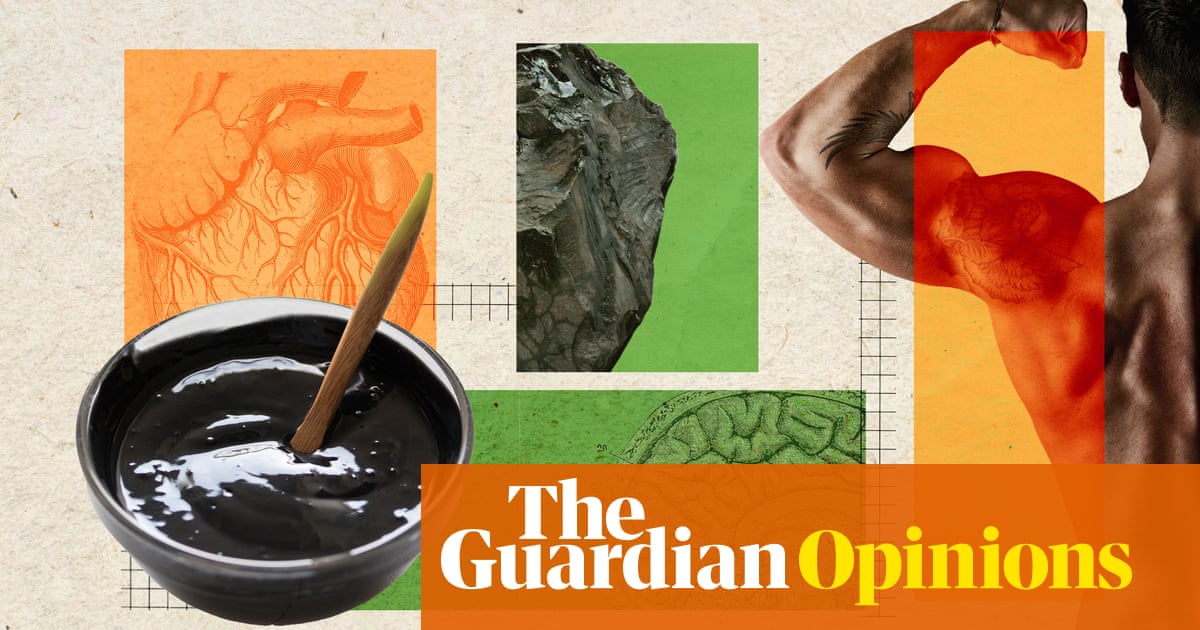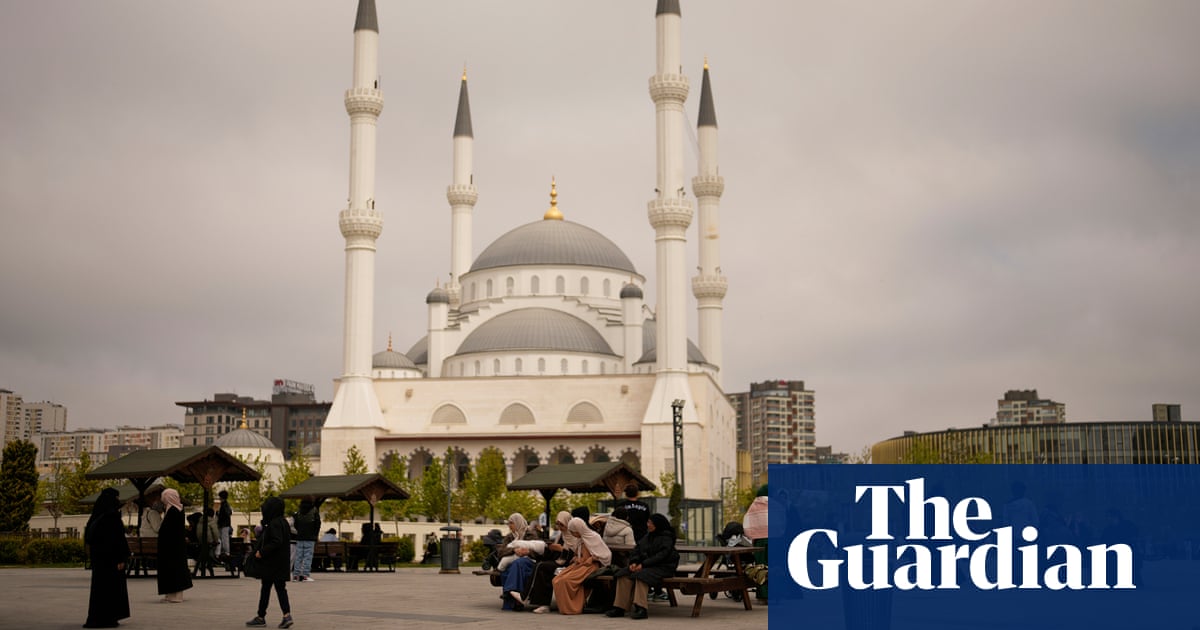Artists have always been fascinated with imagining the invisible – but few have taken it quite as far as Musuk Nolte. The 37-year-old Mexican photographer has spent a decade working with the Indigenous peoples of the Peruvian Amazon region – and found inspiration there by taking ayahuasca with a shaman called Julio.
Nolte tells me he first took ayahuasca when he was five years old – with his mum, an anthropologist who studied the psychedelic brew. The powerful hallucinogenic visions he experienced while with the Shawi community in their ancestral homeland, the Paranapura basin, have been translated into a series of images titled The Belongings of the Air, presented as small suspended light boxes, glowing like fireflies in a darkened room. They are unconventional documents, not showing the Shawi directly but reflecting the Shawi cosmovision. Pulsating with flashes of bright white light, the images have an allegorical tenor: we move with quickened breath from the intimate to the epic, from a woman and child washing clothes in a river to a closeup of a man’s ear, to the blazing eyes of a big cat, to a dazzling constellation of blurry silver flecks. This latter image was created by photographing rows of candles lit for forcibly displaced relatives whose whereabouts remain unknown. The feeling it stirs is one of the universe melting.
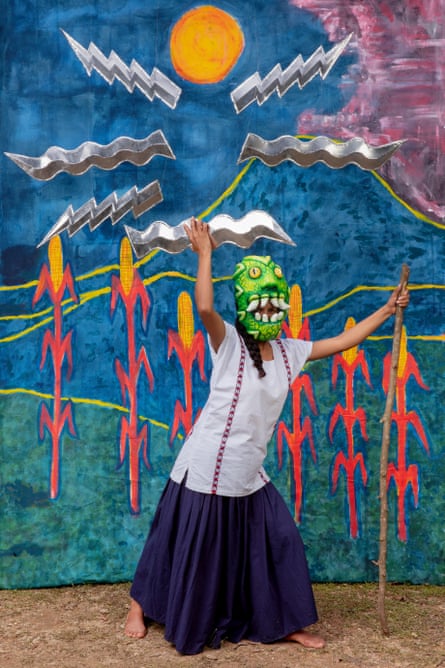
The Belongings of the Air is among the highlights of this year’s Les Rencontres d’Arles, the world’s oldest and most prestigious photography festival. There are dozens of exhibitions here, taking over the ancient, crumbling cloisters, churches and crypts of the Roman city until October. Nolte’s trippy, illusory work is also included in An Assembly of Sceptics, the shortlist exhibition for the 2025 Discovery award Louis Roederer Foundation that includes seven projects by artists using photography to conjure alternate versions of reality and destabilise the status quo.
Bolivian-Algerian artist Daniel Mebarek presents portraits taken in a free mobile photo studio he set up in the huge open-air market in El Alto, Bolivia. The photographs reflect an eagerness, particularly of middle-aged men, to be seen. He recounts a story of an inebriated man who later returned to thank the photographer with a bag of pears, and another of a man who kissed his photograph in elation. There are also the fraught, time-bending, cryptic collages of Cairo by Heba Khalifa, who uses family photographs and photomontage techniques in part to help her confront and heal after an abusive childhood. The spellbinding photographs by Octavio Aguilar also travel through time to the artist’s Ayuuk ancestors, a heritage conjured through images of his friends dressed as deities important in Ayuuk mythology who influence nature. Aguilar, like Nolte, offers another way of interacting with the environment based on Indigenous knowledge and ways of seeing. As wildfires raged nearby in Marseille, less than an hour from Arles, the urgency of this message loomed large.
An Assembly of Sceptics reflects this year’s strong Latin American focus, centred on several big exhibitions diving into the past, present and future of photography in Brazil – part of the programme of the Brazil-France cultural year.
The story of Brazilian photography at Arles begins in São Paulo in 1939, when 18 amateur photographers founded the Foto-Cine Clube Bandeirante (FCCB). The FCCB’s headquarters in São Paulo’s first skyscraper emphasised the intertwining of photography and architecture as the vehicles of modernism. The early works of the FCCB photographers, in the 1940s and 1950s, reflected modernist ideals with a cool, graphic poise – pristine documents, sometimes verging on abstraction, of urban construction, cables, wires and the clean, curvilinear forms of São Paulo’s new modernist landmarks by the likes of Oscar Niemeyer. Human figures, when they appear, are puny against the might of progress. Later, though, several photographers started to unravel this modernist utopia, revealing those cast out, excluded from the benefits of this supposed social progress. Alice Brill was one of the rebels, who was ejected from the FCCB after less than a year. Her images move away from the exaltation of modernism to a darker picture of the human cost of development. Her photos of poverty and the poor living conditions of communities on the city’s outskirts, of cluttered streets littered with rubbish, São Paulo’s proud skyscrapers distant in the background, are a far cry from the untainted, uncrowded visions that followed the FCCB’s guidelines at the time. They act as reminders that progress rarely benefits all.
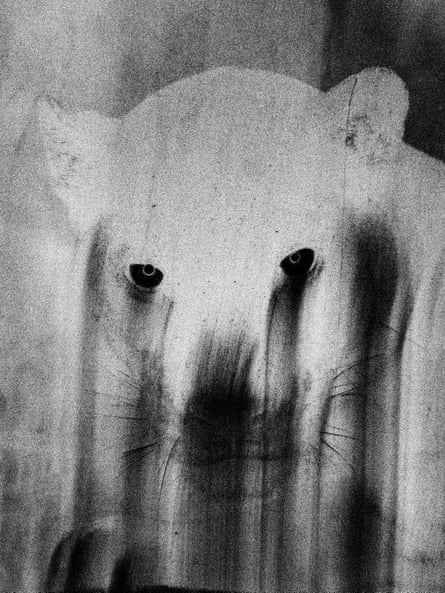
At cultural space La Croisière you are propelled into the rhythm and colour of one of Brazil’s largest favelas, the sprawling Aglomerado da Serra located in the hills of Belo Horizonte. A dual exhibition, Portraitists of the Hill draws from the archives of Serra residents João Mendes and Afonso Pimenta. Mendes and Pimenta collaborated to document their local communities for more than 50 years, but this show focuses on the first two decades of their work there, between 1970 and 1990.
Though Serra was established out of a lack of proper housing for Belo Horizonte’s swelling population, Mendes and Pimenta show the autonomy of an energetic, stylish community who they photographed with obvious affection and warmth. Here are images of irrepressible joy and happiness, beautiful and chaotic. They record the lively tempo of children’s birthday parties, the shining primary school graduates at a local state school and the agile moves of those trained in the martial art capoeira. But they also pay homage to quieter domestic moments, families in their living rooms and around kitchen tables. The exhibition pays particular attention to the duo’s images of fathers, grandfathers and men holding children – in one image, a local shopkeeper proudly holds a neighbour’s newborn baby up to the camera. A man in his underwear in his living room puts his arm around his smiling wife. A father props baby twins on his knees, a balancing act belied by his composure as he looks directly at the camera. The pictures shift ideas about the caring roles of men in a patriarchal society, as if conscious too of the legacy of these pictures, and their potential to shape how the children in them might look back and remember.
Activist and artist Claudia Andujar, who has lived in São Paulo since 1955, is best known and widely celebrated for her work with the Yanomami Indigenous people of Amazonia. Her decades-long activism contributed to the recognition of Yanomami territory in 1992. Yet while this acclaimed work continues to be relevant given the struggles of Indigenous peoples in Brazil and beyond, it has perhaps skewed the understanding of Andujar as an artist. In the Place of the Other at Maison des Peintres redresses that, the first exhibition to home in exclusively on Andujar’s early, less known works, made in Brazil soon after she arrived in the country in the 1960s and 1970s, and before she began to work with the Yanomami.
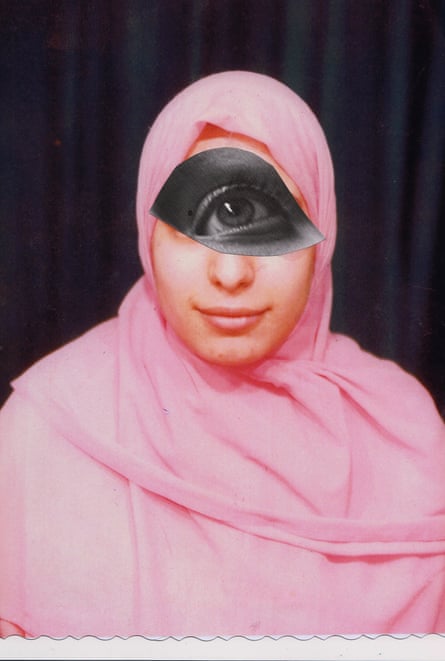
It’s a small but utterly enthralling show, bringing to light several series originally produced and published by Realidade (Reality), a groundbreaking Brazilian magazine published between 1966 and 1976 that combined reportage and experimental design. The images are astonishing – Andujar’s fearless, extraordinarily direct gaze is emphasised by these large-scale reproductions. For a 1967 story about the work of traditional midwife Dona Odila, Andujar captured, with an unflinching eye, the climatic moments of a child being born. These photographs of a woman labouring at home led to the magazine being confiscated by the police. Other works soar with cinematic beauty, such as a series of pictures following a controversial medium known as Zé Arigó, who was later imprisoned for his 60-second “psychic surgeries”. One excruciating image immortalises the surreal moment he inserts the flat blade of a knife into a patient’s eye.
This exhibition draws out Andujar’s unique combination of empathy and audacity, and her deep interest in the human psyche. Her first experiments with colour filters applied to the camera evoke an apparent interest in “aura”, the things felt but not seen. Her photographs of drug addicts and of a psychodrama session take photojournalism into a daring, bold new terrain and have more in common with Dario Argento and Quentin Tarantino than Henri Cartier-Bresson and Robert Frank, who Andujar exhibited alongside at MoMA in the 1960s. The exhibition culminates in A Sônia, a series of nudes of Andujar’s one time muse, an aspiring model from Bahia. Andjuar met Sônia, and never saw her again after the three hour shoot. A Sônia presents another completely different facet to Andujar. She wasn’t happy with the original slide film portraits she took and so rephotographed them through coloured photographs – the resulting nudes look like X-rays, ethereal and strange. On the face of it this intimate exchange (and more classical subject matter) seems disconnected from Andujar’s other works – but it is ultimately about one person trying to understand another, from the outside in. Just as her photojournalism in Brazil began as a way of understanding her adopted homeland, here Andujar writes that “perhaps I was seeking an idealised reflective identification with what I do not know about my own body”.
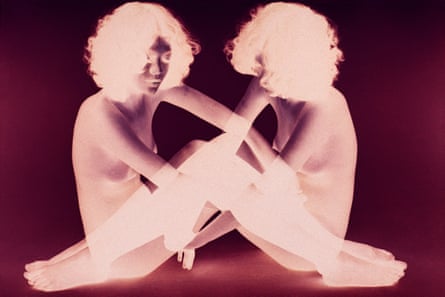
Latin America dominates, but Australia too has an important landmark moment at Arles this year – the first ever big exhibition of Australian photography to be held at the festival. On Country is an expansive, encompassing survey featuring about 20 artists in the huge Eglise Sainte-Anne. As a result of its ambition and diversity, it is varied in quality, with some repetitive moments. The exhibition centres on connections to Australian terrains and topographies, taking inspiration from the First Peoples’ definition of “country” as a broad way to describe a spiritual and cultural connection to the land. Adam Ferguson’s brooding, dramatic photographs of the Australian outback, made over the course of a decade, ruminate on the devastating impact of environmental crisis on rural life in these scorched, vast landscapes. Ying Ang’s evocative, architectonic installation, with intersecting images and vinyls, explores the overdevelopment of the Gold Coast, now Australia’s crime capital. The best works, though, were the large-scale, weirdly wonderful performances of Michael Cook, a Bidjara peoples artist who photographs himself as an alter ego, dressed in a suit, in places of colonial power, multiplied until he fills the space.
If one show truly blew me away this year, it was the mind-boggling In Praise of Anonymous Photography. Marion and Philippe Jacquier ran the recently closed Lumière des Roses gallery, a home for the nearly 10,000 photographs they’d collected over 20 years by unknown and amateur photographers. This exhibition brings together images from the collection in various categories – there’s some of the 120 Cindy Sherman-esque self-portraits by a photographer the collectors name “Zorro”, posing with whips, aviation masks and thigh-high boots. There are Mr Roussel’s carnivalesque portraits of a wife, her features altered, sometimes grotesquely, by painting applied to the photograph. There are the pictures a Parisian pharmacist took of his customers without consent via a secret camera installed behind his counter – only one child seems to have spotted what was going on. Why the pharmacist did this, we will never know. There is also a tranche of the self-portraits of Lucette, the hero, in my mind, of Arles this year. Born in 1908, she travelled solo to France, Greece, Egypt, Syria and Scandinavia between 1954 and 1977. On her trips, she took 850 pictures – and the sole subject of them all is herself. She is also almost always out of focus. The photographs, when the Jacquiers acquired them, were meticulously organised and catalogued by date and location.
The show is brilliant and bizarre, telling stories about obsession, fetish, loneliness and secret desire. In fact it’s so good that it sends out a warning to all professional photographers – perhaps anyone really can take a decent picture.

 9 hours ago
5
9 hours ago
5
